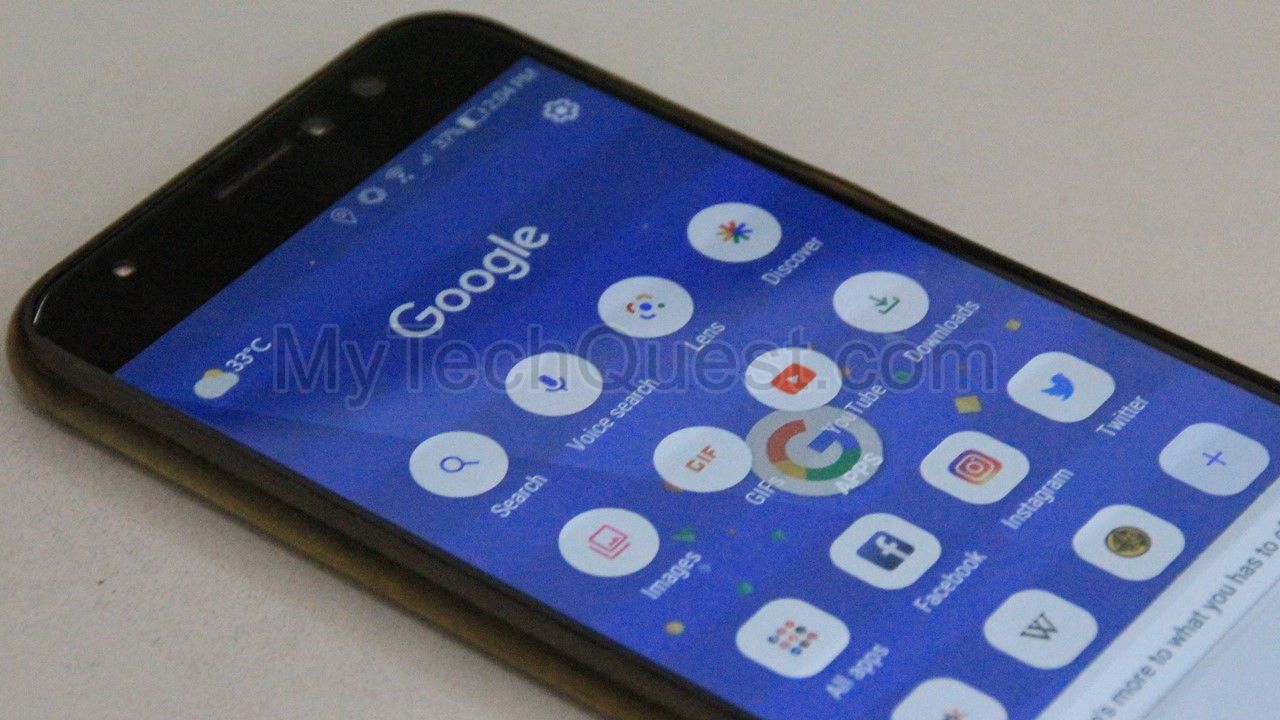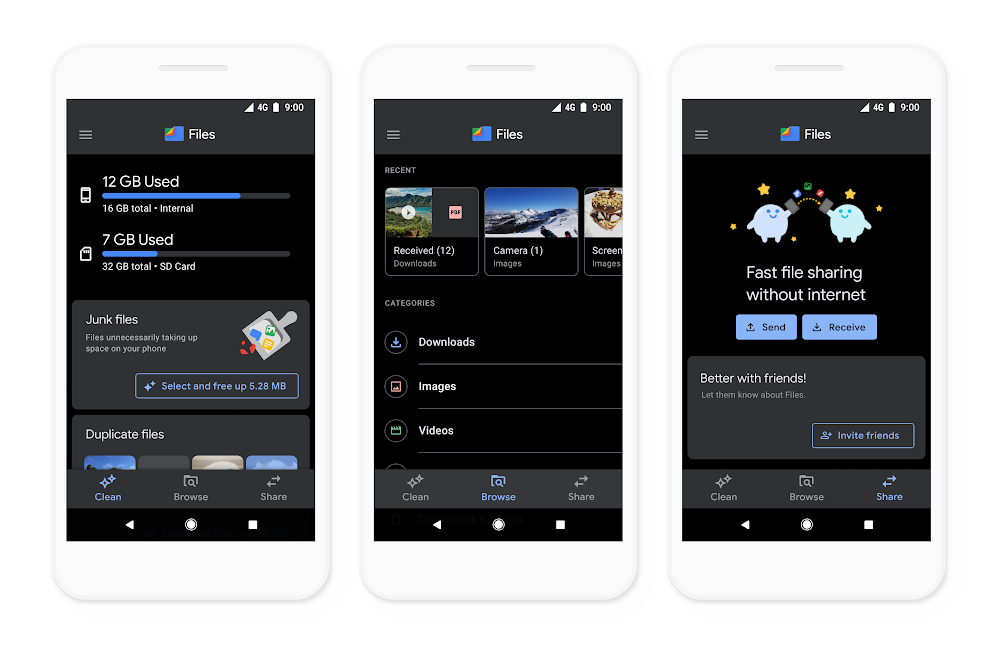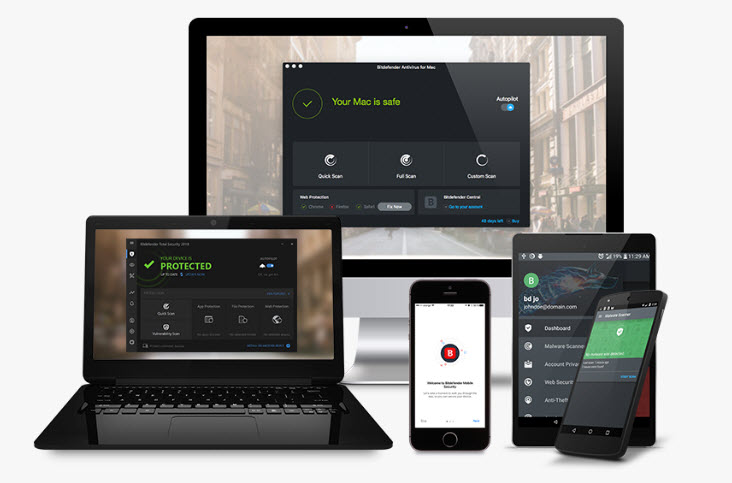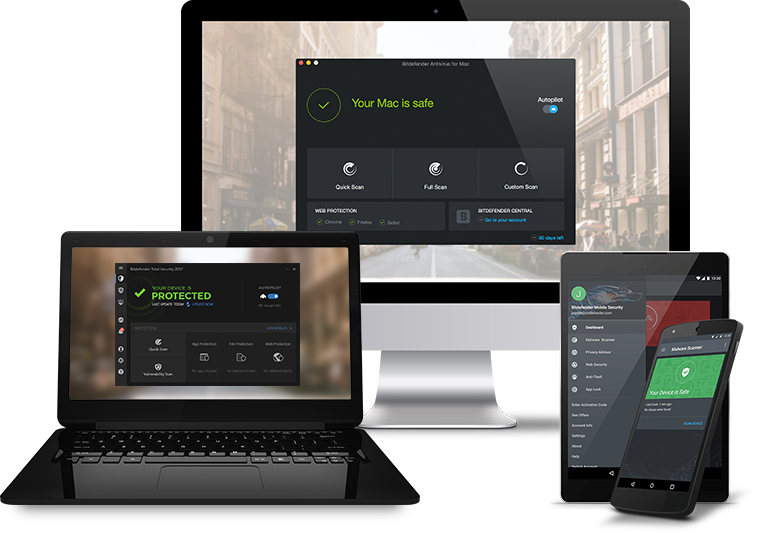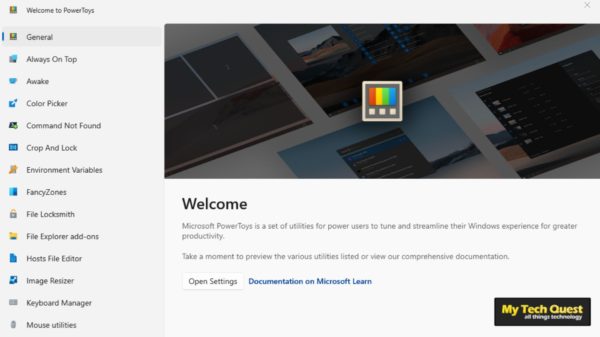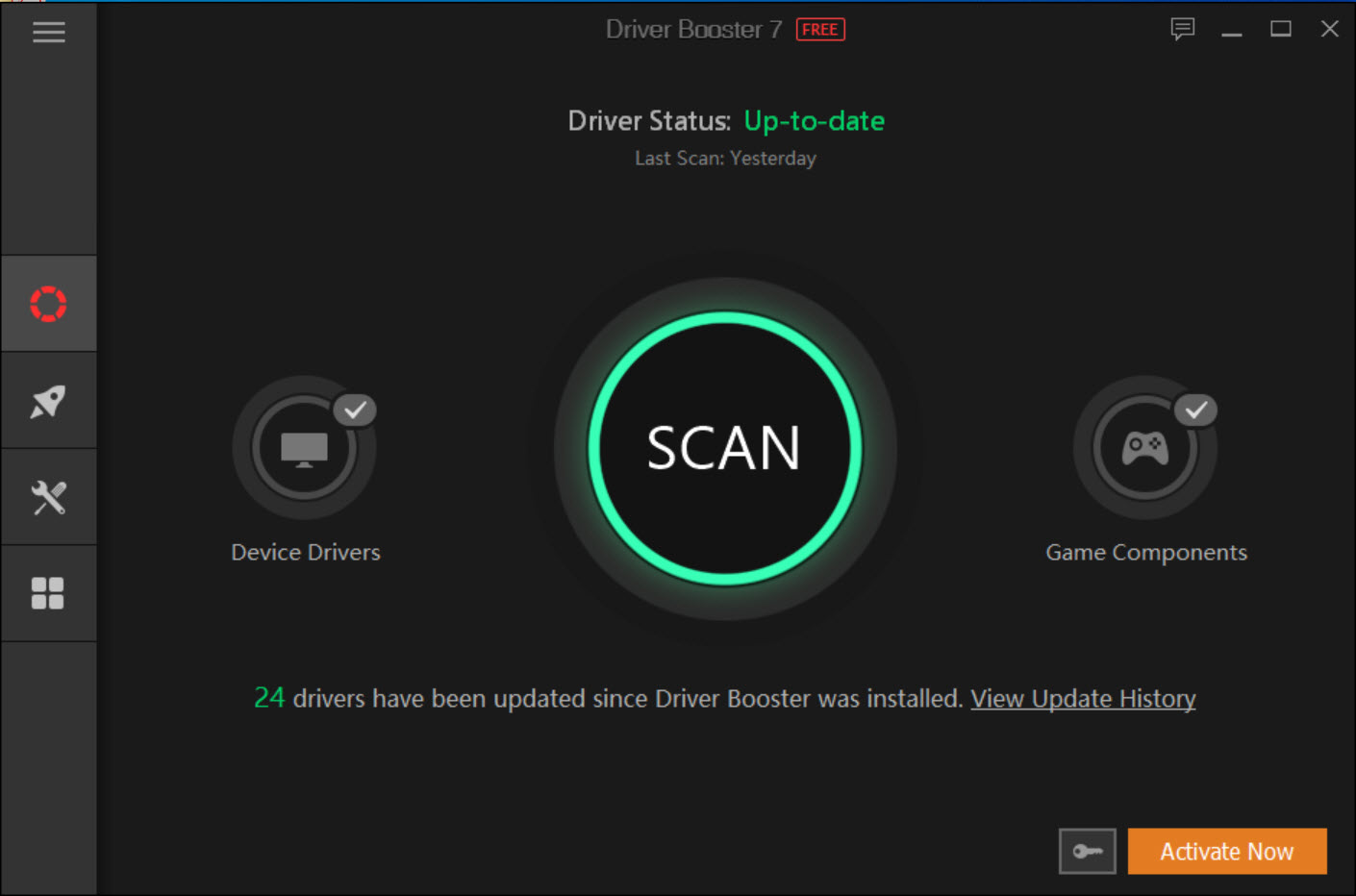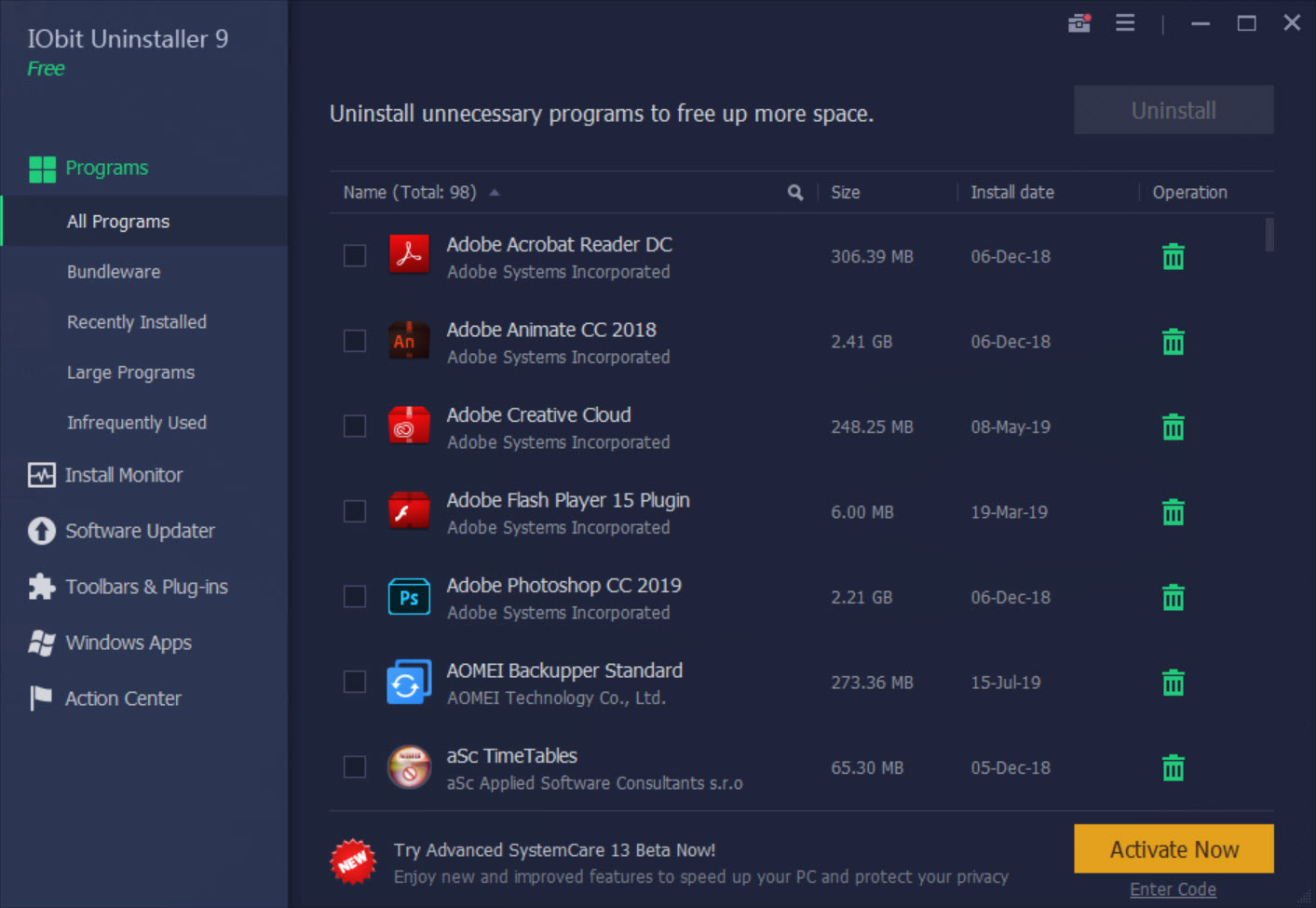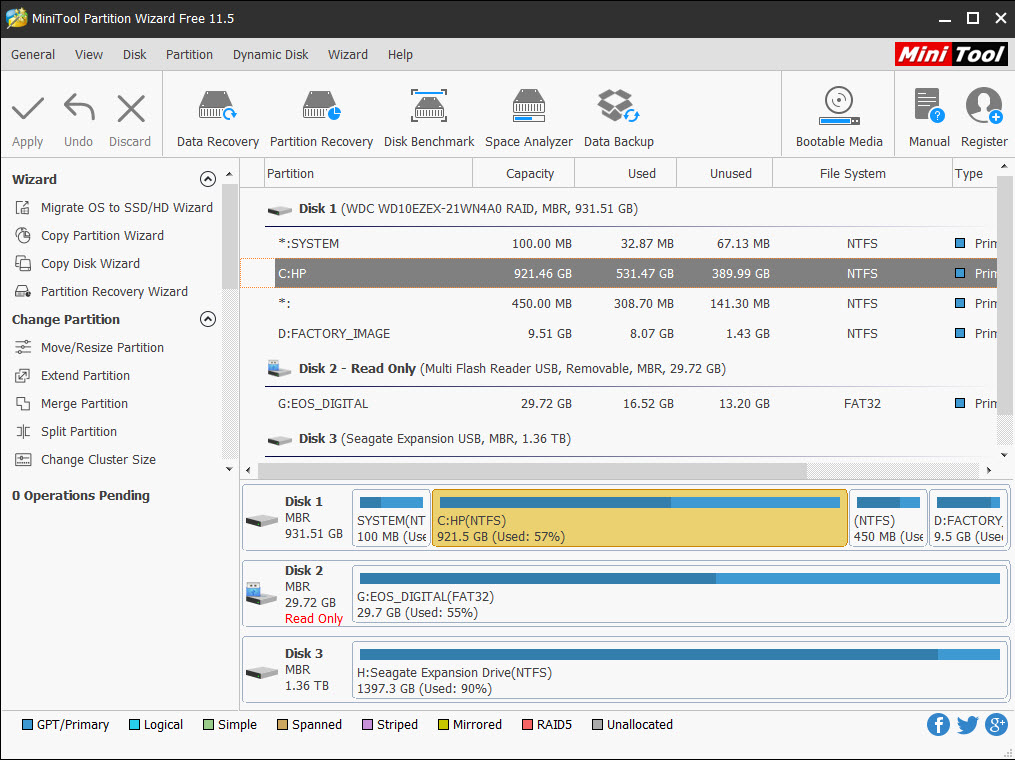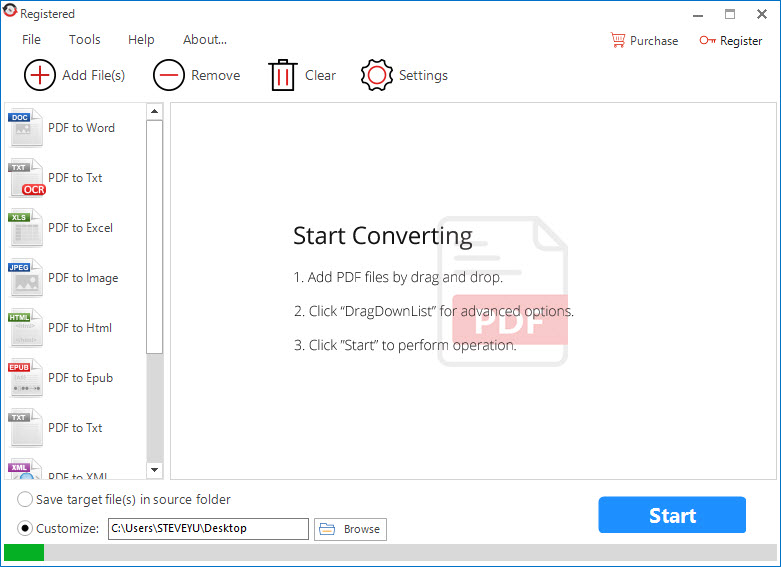The global trend towards online shopping is on the rise and will grow stronger and stronger for many many years ahead. In Malaysia, according to a recent study by Trend Micro, more than eight out of ten internet users in Malaysia shop online. Malaysians shop on the internet for airline tickets, holiday packages, apparels, healthcare products and even groceries can be bought over the internet. Yes, Tesco Malaysia has such service in the Klang Valley.
On top of that, Nielsen has forecasted the local online shopping market will grow to RM5 billion by 2015. Hey, that’s a lucrative market for online retailers as well as cybercriminals. While it’s convenient to shop online, online shoppers must always aware of the risk involved while shop or transacting money online. Yes, you don’t want to get your credit card credentials or banking info stolen by cybercriminals.
With the rise of online shopping in Malaysia, Trend Micro has urged online shoppers to be wary of cyber threats. A recent survey by the security software maker shows many Malaysians internet users still does not take precautionary steps when they shop or transacting money online. An astonishing 30% of the respondents revealed they are using the same password across different financial accounts.
Furthermore, a quarter of the respondents admitted they have derived their password from easily identifiable information like date of birth and mobile phone number. The study also shows that one in five respondents have no worry conducting financial transaction at work or via public Wi-Fi connection.
To stay safe, Trend Micro advises online shoppers to practice the five safe online shopping tips.
1. If the offer’s too good to be true, it most probably is.
When looking for the best deals online, watch out for unbelievable offers. Deals that are too good to be true may just be that. Not all online promos are fraudulent though. It’s just a matter of choosing the right websites to buy from. Search for reviews and public opinions to validate your finds.
2. Bookmark the spot.
If you want to keep buying stuff from a site, it is a good idea to bookmark it. Tempting as it is to simply rely on search engines to find the right shop, don’t. Cybercriminals often count on misspelled links to lead victims to spoofed sites. Cybercriminals also employ blackhat search engine optimization (SEO) techniques to poison search results. They modify the content of malicious sites so these would appear as top results. Clicking links to these puts you at the mercy of phishers and in danger of system infections.
3. Use payment methods that protect buyers.
It is checkout time and this is where you should really be careful as it involves your hard-earned money. Never opt for a payment method that does not offer any kind of buyer protection. Wire transfers and money orders are therefore off the table. These are the methods preferred by scammers as there is no way to stop them from taking your money and not sending you the goods you have paid for. Paying via credit card offers you better protection through consumer rights laws.
4. Do not shop in a hotspot.
You should avoid online shopping in places with unsecure networks or via public hotspots. Not only can bad guys hijack your shopping session while you’re connected to an unsafe network, they can also drop malicious files onto your system. If you are shopping at work or cybercafe, the system you’re using may already be infected to begin with. Limit your shopping sessions to home. This assures uninterrupted and safe sessions, only if you keep your system patches up to date and your network secure.
5. Reliable security solution will give you peace of mind.
Though you may already know everything above, you may still slip-up. It happens to most of us. It only takes one mistake to give cybercriminals access to your money and personal information. Securing the safety of online shoppers certainly goes a long way. Nonetheless, installing a reliable security solution on your devices is a very good place to start.
More details in the press release below.
The Rise of Online Shopping in Malaysia
Trend Micro Urges Online Shoppers to be Wary of Cyber Threats
A perspective by Trend Micro, a global leader in consumer digital information security
Kuala Lumpur, 19 August 2013 – After reaching the historic mark of US$ 1 trillion last year, online retails sales is forecasted to grow by 17.1% this year, with the Asia Pacific region accounting for over one third of the sales(1). The global online shopping craze has also reached our shore as a recent study by Trend Micro shows more than eight out of ten internet users in Malaysia shop online(2). On top of that, Nielsen has forecasted the local online shopping market will grow to RM5 billion by 2015(3).
There are plenty of local and international websites to choose from when it comes to online shopping, from marketplace listings, group discount websites, and also online travel agencies. Currently, two out of ten top local websites are dedicated to online shopping while another four offering it as part of their services(4). So what does Malaysians buy online? Travel services like airline tickets and holiday packages are on top of the buying list, followed closely by apparels and healthcare products(5). In fact, even groceries can be bought over the internet today as leading hypermarkets like Tesco Malaysia has introduced online shopping service in the Klang Valley.
The risk involves
Internet users should not let their guard down despite of the drop in online fraud in the first quarter of 2013 as reported by Bank Negara. The rapid growth of online shopping worldwide together with the immense increase of money changing hands in the cyberspace, especially after the reduction of the of the Online Interbank GIRO (IBG) to 10sen, will attract more cybercriminals to target online shoppers.
“The main risks for online shoppers lie in replying to unsolicited emails spoofed to appear to originate from reputable retailers. Clicking through the links in these could lead unsuspecting users to a phishing site designed to steal their credit card credentials. Other scam emails feature special offers or luxury goods at knock-down prices – the end goal again is to trick the user into giving away their personal and online banking information. Remember, many fake sites and fraudulent buyers and sellers exist on the internet” said Goh Chee Hoh, Managing Director, SEA Region, Trend Micro Inc.
Goh added that even those who use their mobile devices to shop are not spared. Recently, cybercriminals took advantage of a loophole, dubbed the ‘Master Key” which affects 99% of Android devices, by offering a malicious update for a legitimate banking app from one of the largest South Korean financial institutions. Upon update, the genuine but compromised banking app will request users to provide their latest personal information. The app will then seed this information to a remote server operated by cybercriminals who will use it to generate ill gains.
Staying safe when shopping online
A recent survey by Trend Micro shows many Malaysians internet users still does not take precautionary steps when they shop or transacting money online^. An astonishing 30% of the respondents revealed they are using the same password across different financial accounts.
Furthermore, a quarter of the respondents admitted they have derived their password from easily identifiable information like date of birth and mobile phone number. The study also shows that one in five respondents have no worry conducting financial transaction at work or via public Wi-Fi connection.
To stay safe, Trend Micro advises online shoppers to practice the habits below(6):
• If the offer’s too good to be true, it most probably is. When looking for the best deals online, watch out for unbelievable offers. Deals that are too good to be true may just be that. Not all online promos are fraudulent though. It’s just a matter of choosing the right websites to buy from. Search for reviews and public opinions to validate your finds.
• Bookmark the spot. If you want to keep buying stuff from a site, it is a good idea to bookmark it. Tempting as it is to simply rely on search engines to find the right shop, don’t. Cybercriminals often count on misspelled links to lead victims to spoofed sites. Cybercriminals also employ blackhat search engine optimization (SEO) techniques to poison search results. They modify the content of malicious sites so these would appear as top results. Clicking links to these puts you at the mercy of phishers and in danger of system infections.
• Use payment methods that protect buyers. It is checkout time and this is where you should really be careful as it involves your hard-earned money. Never opt for a payment method that does not offer any kind of buyer protection. Wire transfers and money orders are therefore off the table. These are the methods preferred by scammers as there is no way to stop them from taking your money and not sending you the goods you have paid for. Paying via credit card offers you better protection through consumer rights laws.
• Do not shop in a hotspot. You should avoid online shopping in places with unsecure networks or via public hotspots. Not only can bad guys hijack your shopping session while you’re connected to an unsafe network, they can also drop malicious files onto your system. If you are shopping at work or cybercafe, the system you’re using may already be infected to begin with. Limit your shopping sessions to home. This assures uninterrupted and safe sessions, only if you keep your system patches up to date and your network secure.
• Reliable security solution will give you peace of mind. Though you may already know everything above, you may still slip-up. It happens to most of us. It only takes one mistake to give cybercriminals access to your money and personal information. Securing the safety of online shoppers certainly goes a long way. Nonetheless, installing a reliable security solution on your devices is a very good place to start.
1Source: http://www.emarketer.com/Article/B2C-Ecommerce-Climbs-Worldwide-Emerging-Markets-Drive-Sales-Higher/1010004
2Source: Study conducted via www.facebook.com/TrendMicroMY fans
3Source: http://www.marketing-interactive.com/news/29314
4Source: http://www.alexa.com/topsites/countries/MY
5Source: http://asiadigitalmarketingyearbook.com/
6Source: http://about-threats.trendmicro.com/ebooks/online-shopping-safety-made-easy/




